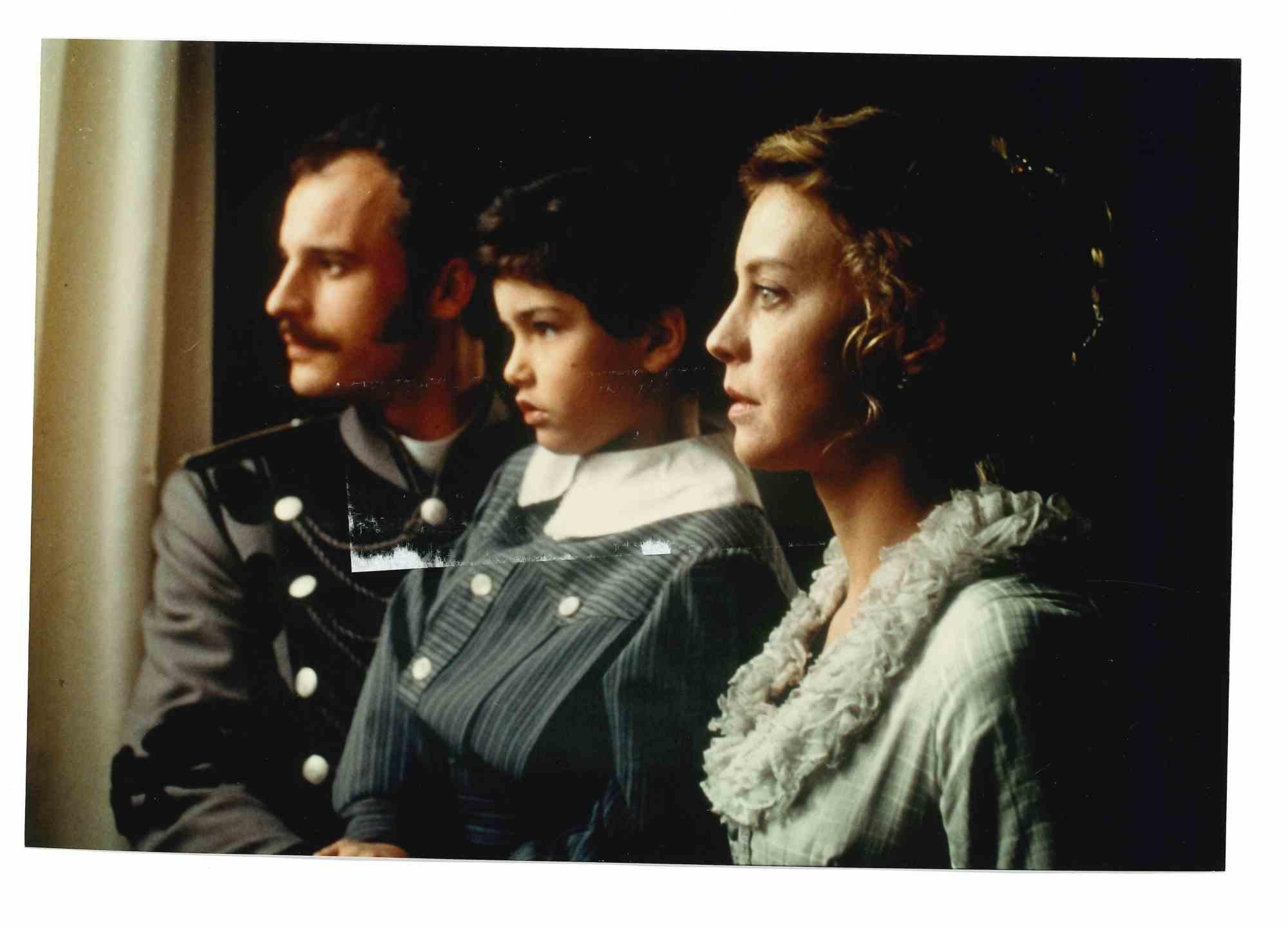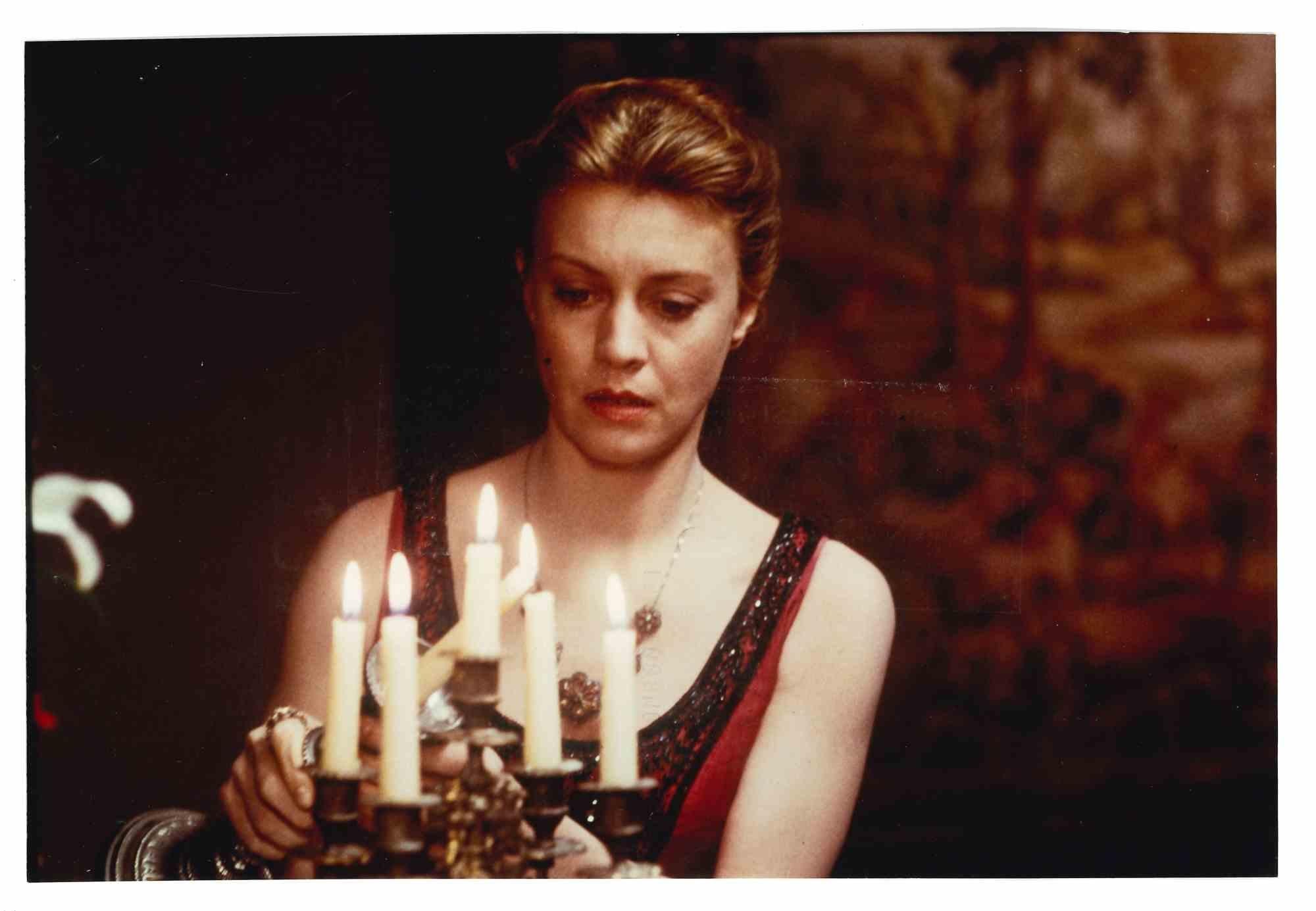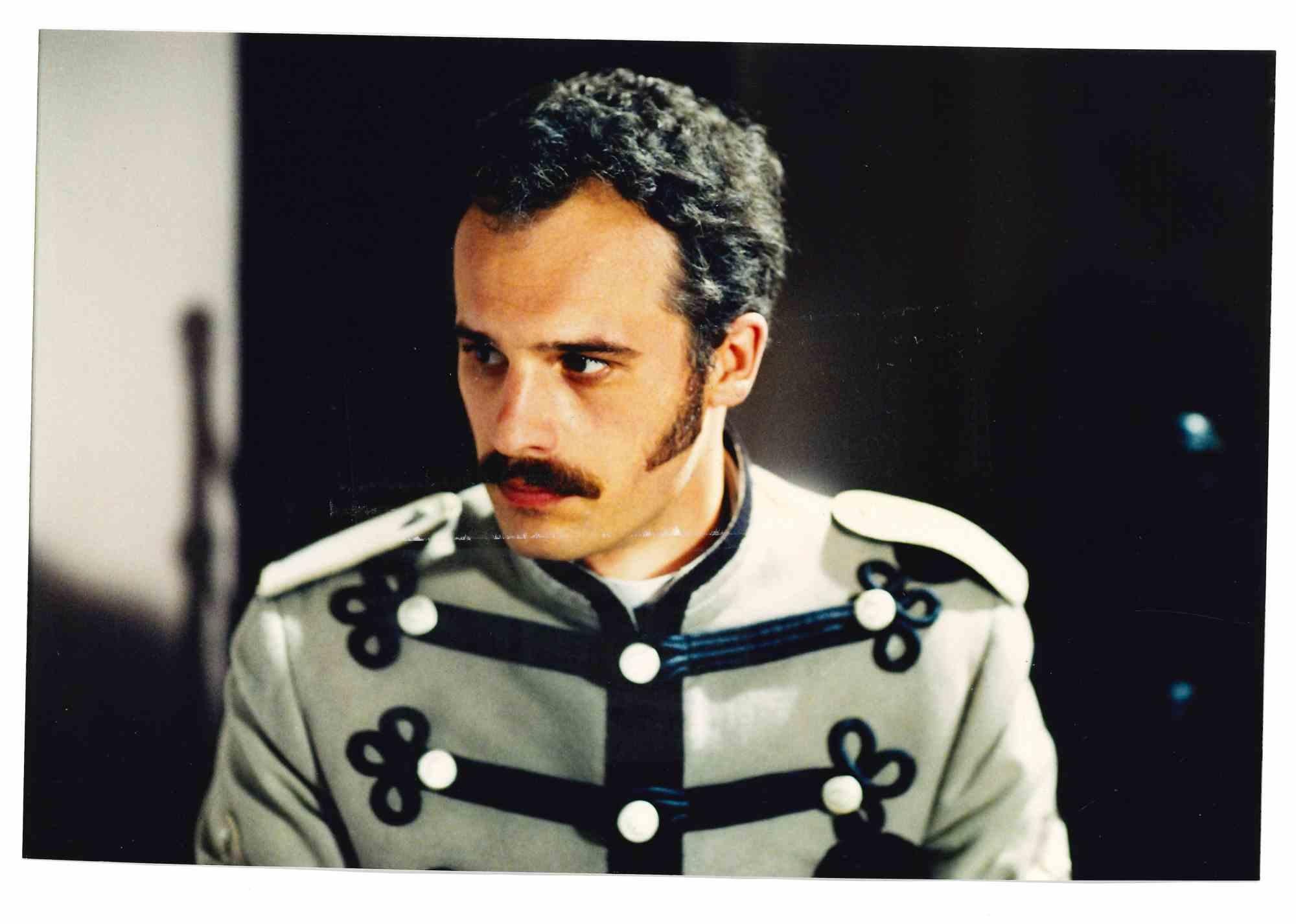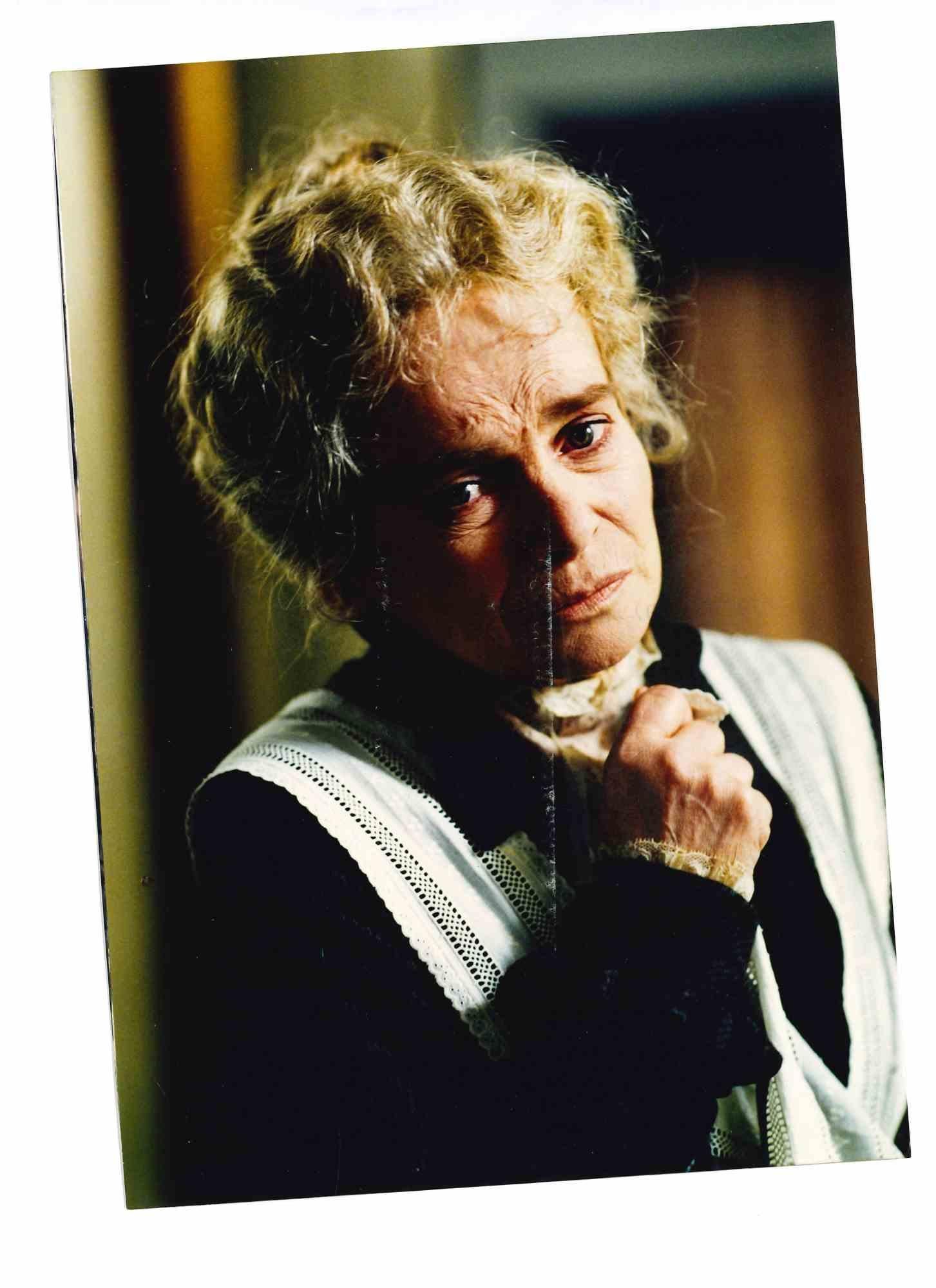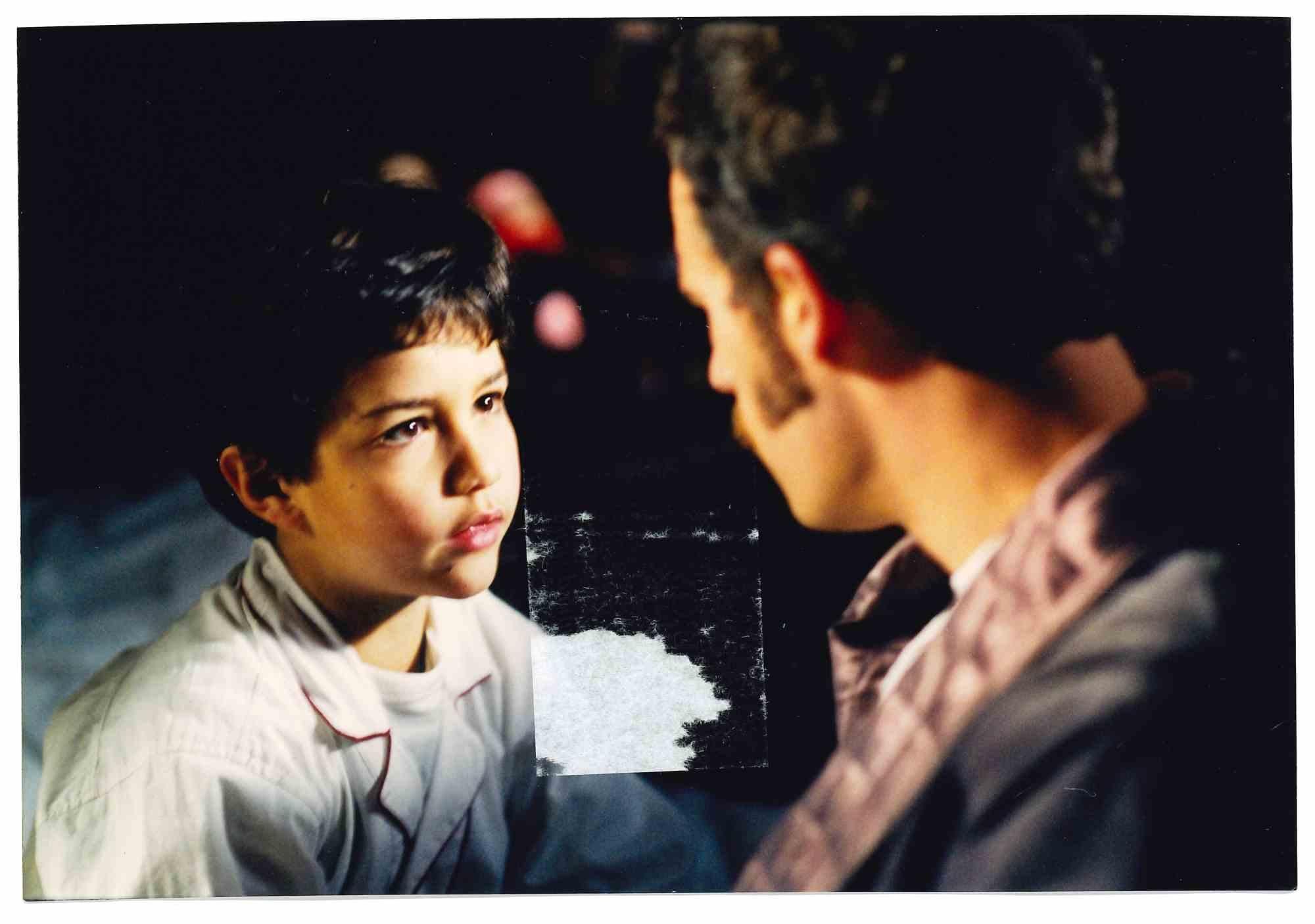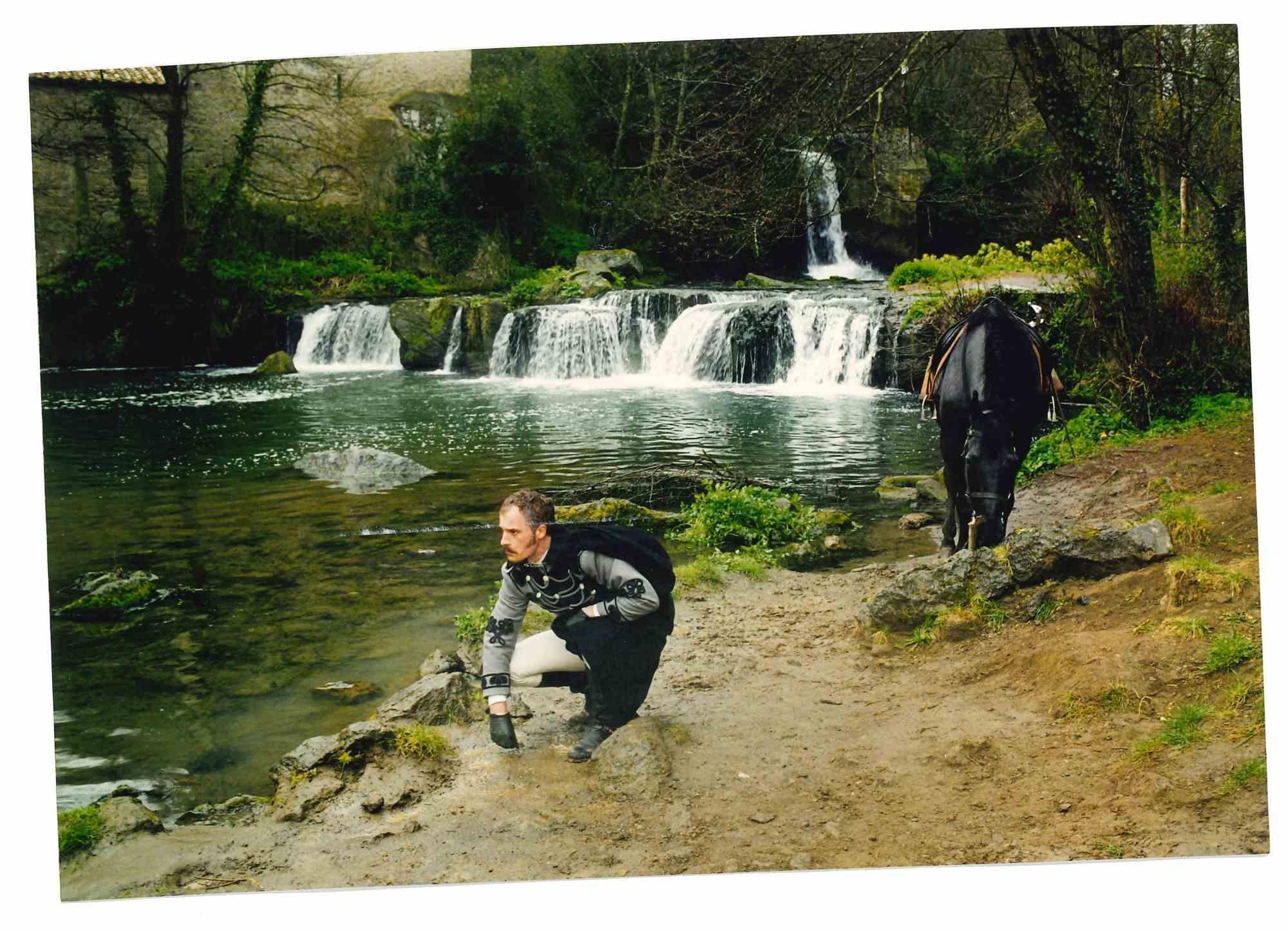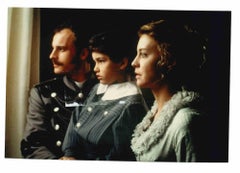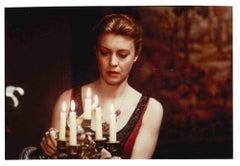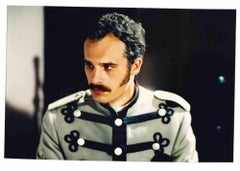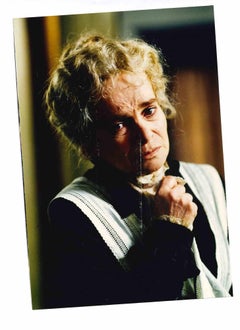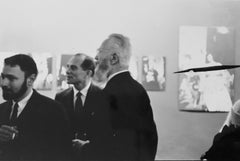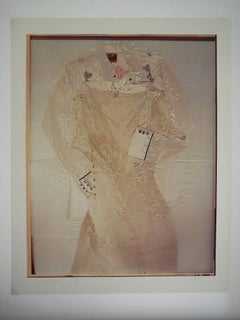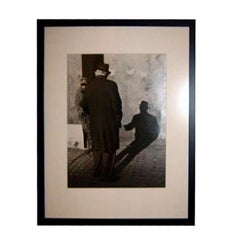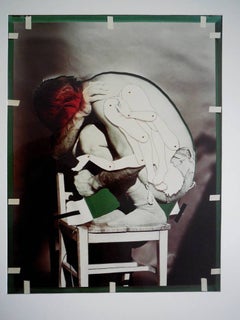Items Similar to L'Ombra del Gigante - Roberto Petrocchi - Vintage Photograph - Mid 20th Century
Want more images or videos?
Request additional images or videos from the seller
1 of 2
UnknownL'Ombra del Gigante - Roberto Petrocchi - Vintage Photograph - Mid 20th CenturyMid 20th Century
Mid 20th Century
$167.64
£123.92
€140
CA$228
A$255.47
CHF 132.98
MX$3,125.26
NOK 1,687.95
SEK 1,594.25
DKK 1,066.03
Shipping
Retrieving quote...The 1stDibs Promise:
Authenticity Guarantee,
Money-Back Guarantee,
24-Hour Cancellation
About the Item
L'ombra del Gigante - by Roberto Petrocchi is a vintage photograph realized in the 1999.
Good conditions.
- Creation Year:Mid 20th Century
- Dimensions:Height: 5.52 in (14 cm)Width: 7.88 in (20 cm)Depth: 0.08 in (2 mm)
- Medium:
- Movement & Style:
- Period:
- Framing:Framing Options Available
- Condition:Insurance may be requested by customers as additional service, contact us for more information.
- Gallery Location:Roma, IT
- Reference Number:Seller: T-1277481stDibs: LU65039238842
About the Seller
4.9
Platinum Seller
Premium sellers with a 4.7+ rating and 24-hour response times
1stDibs seller since 2017
7,615 sales on 1stDibs
Typical response time: 3 hours
- ShippingRetrieving quote...Shipping from: Monaco, Monaco
- Return Policy
Authenticity Guarantee
In the unlikely event there’s an issue with an item’s authenticity, contact us within 1 year for a full refund. DetailsMoney-Back Guarantee
If your item is not as described, is damaged in transit, or does not arrive, contact us within 7 days for a full refund. Details24-Hour Cancellation
You have a 24-hour grace period in which to reconsider your purchase, with no questions asked.Vetted Professional Sellers
Our world-class sellers must adhere to strict standards for service and quality, maintaining the integrity of our listings.Price-Match Guarantee
If you find that a seller listed the same item for a lower price elsewhere, we’ll match it.Trusted Global Delivery
Our best-in-class carrier network provides specialized shipping options worldwide, including custom delivery.More From This Seller
View AllL'ombra del Gigante - Roberto Petrocchi - Vintage Photograph - Mid 20th Century
Located in Roma, IT
L'ombra del Gigante - by Roberto Petrocchi is a vintage photograph realized in the 1999.
Good conditions.
Category
Mid-20th Century Modern Figurative Photography
Materials
Photographic Paper
L'Ombra del Gigante - Roberto Petrocchi - Vintage Photograph - Mid 20th Century
Located in Roma, IT
L'ombra del Gigante - by Roberto Petrocchi is a vintage photograph realized in the 1999.
Good conditions.
Category
Mid-20th Century Modern Figurative Photography
Materials
Photographic Paper
L'Ombra del Gigante - Roberto Petrocchi - Vintage Photograph - Mid 20th Century
Located in Roma, IT
L'ombra del Gigante - by Roberto Petrocchi is a vintage photograph realized in the 1999.
Good conditions.
Category
Mid-20th Century Modern Figurative Photography
Materials
Photographic Paper
L'Ombra del Gigante - Roberto Petrocchi - Vintage Photograph - Mid 20th Century
Located in Roma, IT
L'ombra del Gigante - by Roberto Petrocchi is a vintage photograph realized in the 1999.
Good conditions.
Category
Mid-20th Century Modern Figurative Photography
Materials
Photographic Paper
L'Ombra del Gigante - Roberto Petrocchi - Vintage Photograph - Mid 20th Century
Located in Roma, IT
L'ombra del Gigante - by Roberto Petrocchi is a vintage photograph realized in the 1999.
Good conditions.
Category
Mid-20th Century Modern Figurative Photography
Materials
Photographic Paper
L'Ombra del Gigante - Roberto Petrocchi - Vintage Photograph - Mid 20th Century
Located in Roma, IT
L'ombra del Gigante - by Roberto Petrocchi is a vintage photograph realized in the 1999.
Good conditions.
Category
Mid-20th Century Modern Figurative Photography
Materials
Photographic Paper
You May Also Like
Vintage Silver Gelatin Signed Photograph Edward Steichen, MoMA Photo
By Fred McDarrah
Located in Surfside, FL
Edward Steichen, John Durniak, Monroe Wheeler and Edward D. Museum of modern art on Feb 10, 1962
Photographer Fred McDarrah
Over a 50-year span, McDarrah documented the rise of the Beat Generation, the city’s postmodern art movement, its off-off-Broadway actors, troubadours, politicians, agitators and social protests.
Fred captured Jack Kerouac frolicking with women at a New Year’s bash in 1958, Andy Warhol adjusting a movie-camera lens in his silver-covered factory, and Bob Dylan offering a salute of recognition outside Sheridan Square near the Voice’s old office.
Not just a social chronicler, McDarrah was a great photo-journalist.
For years, McDarrah was the Voice's only photographer and, for decades, he ran the Voice’s photo department, where he helped train dozens of young photographers, including James Hamilton, Sylvia Plachy, Robin Holland and Marc Asnin. His mailbox was simply marked "McPhoto."
An exhibit of McDarrah’s photos of artists presented by the Steven Kasher Gallery in Chelsea was hailed by The New York Times as “a visual encyclopedia of the era’s cultural scene.”
artists in their studios, (Alice Neel, Philip Guston, Stuart Davis, Robert Smithson, Jasper Johns, Franz Kline), actors (Dustin Hoffman, Robert De Niro on the set of “Taxi Driver”), musicians (Janis Joplin, Alice Cooper, Bob Dylan) and documentary images of early happenings and performances (Yayoi Kusama, Charlotte Moorman, Al Hansen, Jim Dine, Nam June Paik). The many images of Andy Warhol include the well-known one with his Brillo boxes at the Stable Gallery in 1964. Woody Allen, Diane Arbus, W. H. Auden, Francis Bacon, Joan Baez, Louise Bourgeois, David Bowie, Jimmy Breslin, William Burroughs, John Cage, Leo Castelli, Christo, Leonard Cohen, Merce Cunningham, William de Kooning, Jim Dine, Mark di Suvero, Marcel Duchamp, Bob Dylan, Federico Fellini, Allen Ginsberg, Robert Indiana, Mick Jagger, Jasper Johns, Kusama, John Lennon, Sol Lewitt, Roy Lichtenstein, Nam June Paik, Elvis Presley, Claes Oldenburg, Yoko Ono, Robert Rauschenberg, Lou Reed, James Rosenquist, Mark Rothko, Ed Ruscha, Robert Smithson, Susan Sontag, Andy Warhol, and others. McDarrah’s prints have been collected in depth by the J. Paul Getty Museum and the National Portrait Gallery, Washington. His work is in numerous public and private collections.
Edward Jean Steichen (March 27, 1879 – March 25, 1973) was a Luxembourgish American photographer, painter, and art gallery and museum curator. Steichen's were the photographs that most frequently appeared in Alfred Stieglitz's groundbreaking magazine Camera Work during its publication from 1903 to 1917. Together Stieglitz and Steichen opened the Little Galleries of the Photo-Secession, which eventually became known as '291', after its address.
Steichen laid claim to his photos of gowns for the magazine Art et Décoration in 1911 being the first modern fashion photographs ever published. From 1923 to 1938, Steichen was a photographer for the Condé Nast magazines Vogue and Vanity Fair while also working for many advertising agencies including J. Walter Thompson. During these years, Steichen was regarded as the best known and highest paid photographer in the world. In 1944, he directed the war documentary The Fighting Lady, which won the 1945 Academy Award for Best Documentary.
From 1947 to 1961, Steichen served as Director of the Department of Photography at New York's Museum of Modern Art. While at MoMA, he curated and assembled exhibits including The Family of Man, which was seen by nine million people. In 1904, Steichen began experimenting with color photography. He was one of the earliest in the United States to use the Autochrome Lumière process. In 1905, Stieglitz and Steichen created the Little Galleries of the Photo-Secession, which eventually became known as 291 after its address. It presented some of the first American exhibitions of Henri Matisse, Auguste Rodin, Paul Cézanne, Pablo Picasso, and Constantin Brâncuși.
He worked with Robert Frank even before his The Americans was published, exhibited the early work of Harry Callahan and Aaron Siskind, and purchased two Rauschenberg prints...
Category
1960s American Modern Black and White Photography
Materials
Silver Gelatin
Rare Large Harry Bowers Vintage C Print Photograph Ten Photographs Fashion Photo
By Harry Bowers
Located in Surfside, FL
HARRY BOWERS
T E N P H O T O G R A P H S
I DON'T LOOK FOR PHOTOGRAPHS I INVENT THEM
I recall my first meeting with Harry Bowers in California a few years ago. As he produced his large-scale prints, I was at first flabbergasted, not only by their size, but by their seamless perfection. Technique appeared to be everything but then technique as technique simply vanished. After the first moment, technique was no longer an issue, but rather a passageway to the imagery.
Suffice it to say about Harry Bowers' working style that he is an obsessive man. Trained as an engineer, he has turned that discipline to art. His lenses, equipment and darkroom, much of it exactingly manufactured by himself to answer certain needs, serve the desire of the artist to take photographic technique to its ultimate perfection in invisibility and transparency. I respect obsession in art, and particularly in photography, because obsession in photography passes beyond the easy, middle ground of image making to a more demanding, more difficult, yet more rewarding end. Bowers' obsession is to eliminate "photography as technique." No grain, no decisive moments, no journalism, or, seemingly, direct autobiographical endeavors appear in his work.
Bowers is an artist of synthesis who controls his environment if only in the studio exactly to his liking. The images he creates are formal structures, saucy stories on occasion, which may offer hints of a darker, more frightening sexuality, but what you see is the end product of an experiment in which nothing save the original insight perhaps is left to chance.
We seem fascinated with the idea of replication of reality in art. Popular painting frequently reproduces a scene "with the accuracy of a photograph," and photographs may "make you feel as though you were right there." The very invisibility of the photographic medium is important to Bowers, in that it allows him to maneuver his subject matter without concern for rendering it in an obvious art medium which would interfere with the nature of the materials he uses. The formal subtleties of Bowers' recent work are as delicious and ambiguous in their interrelationships as the best Cubist collages, yet while those collages always suggest their parts through edge and texture, these photographs present a structure through a surface purity.
"I follow fashion. I have closets literally full of clothes. I am a full-blown Comme des Garçons and Prada freak. I love clothes themselves as objects, and I also love the glossies – my love of fashion is how I discovered Wallpaper magazine" Bowers' earlier works, for example, the Skirts I Have Known series, were formed of bits of clothing belonging to Bowers and his wife or found at local thrift shops. These works fused an elegance of pattern and texture, reminiscent of Miriam Shapiro...
Category
1980s Photography
Materials
Photographic Paper
Art / Photography, Frank Paulin
By Frank Paulin
Located in Pompano Beach, FL
Lower East Side, New York 1958, vintage gelatin silver photograph, signed Frank Paulin and dated on verso.
Category
Vintage 1950s American Photography
$5,000 Sale Price
39% Off
Rare Harry Bowers Vintage C Print Photograph From Ten Photographs Fashion Photo
By Harry Bowers
Located in Surfside, FL
HARRY BOWERS
T E N P H O T O G R A P H S
I DON'T LOOK FOR PHOTOGRAPHS I INVENT THEM
I recall my first meeting with Harry Bowers in California a few years ago. As he produced his large-scale prints, I was at first flabbergasted, not only by their size, but by their seamless perfection. Technique appeared to be everything but then technique as technique simply vanished. After the first moment, technique was no longer an issue, but rather a passageway to the imagery.
Suffice it to say about Harry Bowers' working style that he is an obsessive man. Trained as an engineer, he has turned that discipline to art. His lenses, equipment and darkroom, much of it exactingly manufactured by himself to answer certain needs, serve the desire of the artist to take photographic technique to its ultimate perfection in invisibility and transparency. I respect obsession in art, and particularly in photography, because obsession in photography passes beyond the easy, middle ground of image making to a more demanding, more difficult, yet more rewarding end. Bowers' obsession is to eliminate "photography as technique." No grain, no decisive moments, no journalism, or, seemingly, direct autobiographical endeavors appear in his work.
Bowers is an artist of synthesis who controls his environment if only in the studio exactly to his liking. The images he creates are formal structures, saucy stories on occasion, which may offer hints of a darker, more frightening sexuality, but what you see is the end product of an experiment in which nothing save the original insight perhaps is left to chance.
We seem fascinated with the idea of replication of reality in art. Popular painting frequently reproduces a scene "with the accuracy of a photograph," and photographs may "make you feel as though you were right there." The very invisibility of the photographic medium is important to Bowers, in that it allows him to maneuver his subject matter without concern for rendering it in an obvious art medium which would interfere with the nature of the materials he uses. The formal subtleties of Bowers' recent work are as delicious and ambiguous in their interrelationships as the best Cubist collages, yet while those collages always suggest their parts through edge and texture, these photographs present a structure through a surface purity.
Bowers' earlier works, for example, the Skirts I Have Known series, were formed of bits of clothing belonging to Bowers and his wife or found at local thrift shops. These works fused an elegance of pattern and texture, reminiscent of Miriam Shapiro...
Category
1980s Photography
Materials
Photographic Paper
ARCHITECTURE - Photograph on baryta paper, Bob De Masi, Italy 1970s
Located in Napoli, IT
Black and white photograph on baryta paper, title "Architecture" 1970s - Bob De Masi, with frame
Category
1970s Photorealist Black and White Photography
Materials
Photographic Paper
Man Ray, Composition, Man Ray, Electa Editrice Portfolios (after)
By Man Ray
Located in Auburn Hills, MI
Héliogravure on vélin paper. Inscription: unsigned and unnumbered, as issued. Good condition. Notes: From the folio, Man Ray, Electa Editrice Portfolios, 1980. Published and printed ...
Category
1980s Surrealist Figurative Photography
Materials
Lithograph
$956 Sale Price
20% Off
Free Shipping
More Ways To Browse
Greek Woman
Jerusalem Lithograph
Antique Prints Spain
Couple Sculptures
Lithograph 1903
Italian Bronze Abstract Sculptures
Antique Paper Press
Mythological Prints
Antique Spanish Oil Painting
Marc Chagall Framed
Used Footballs
War Of The Roses
Alliance Vintage
1960s Advertising
Los Angeles Poster
Mother Child Sculpture
Salvador Dali Watercolor
Vintage London Street Signs
